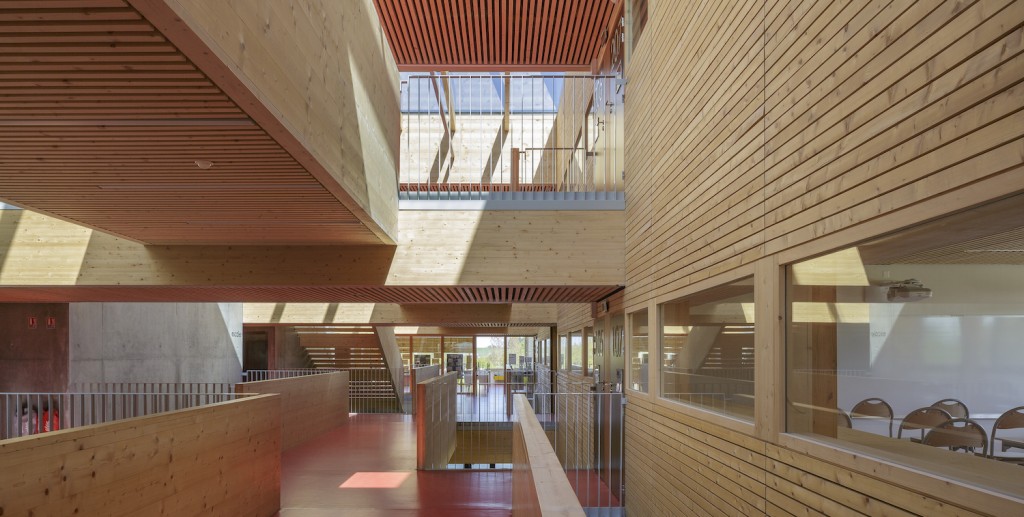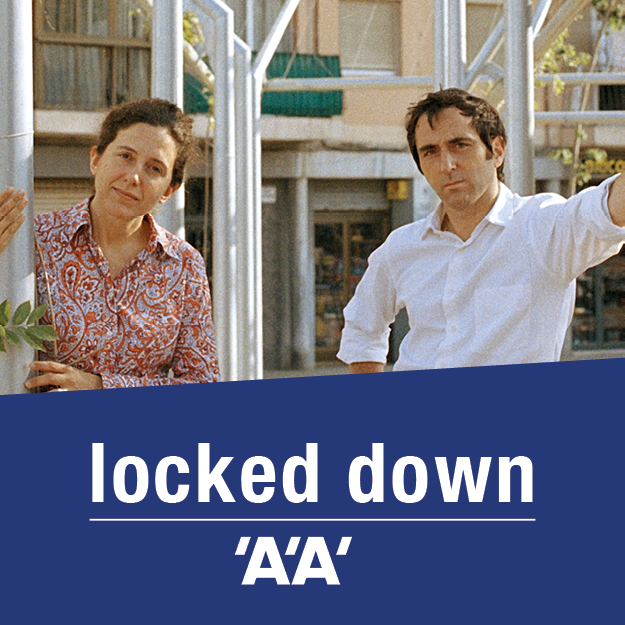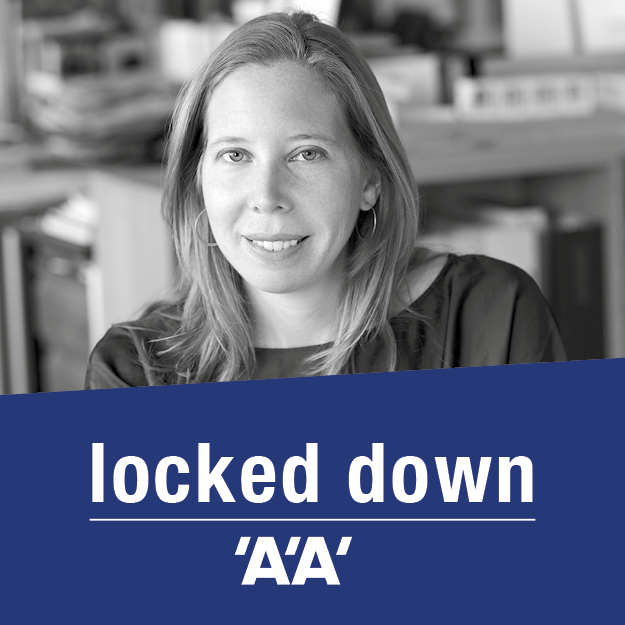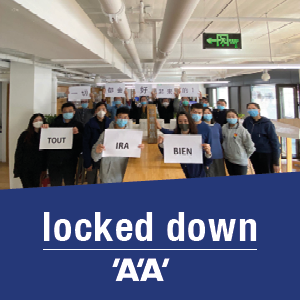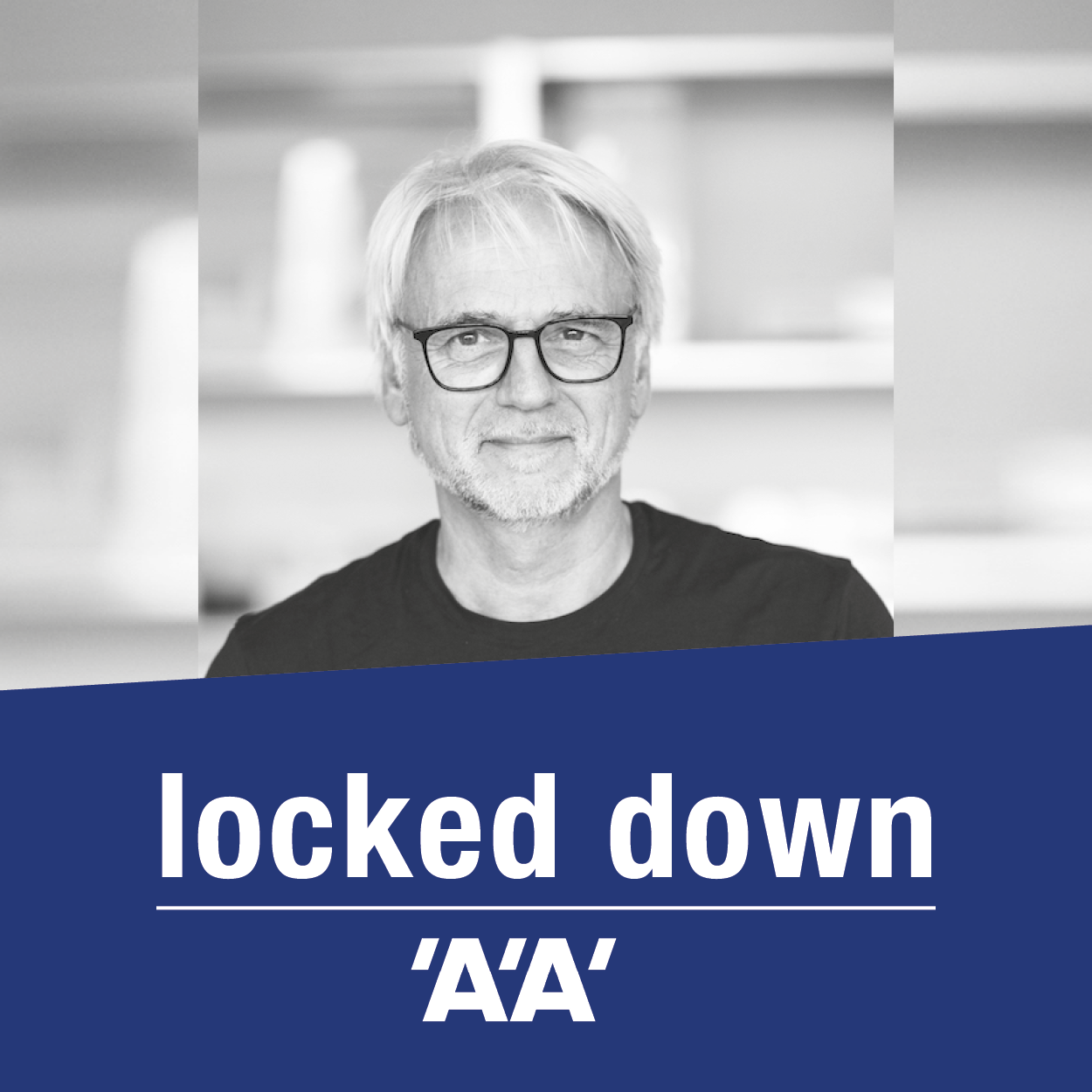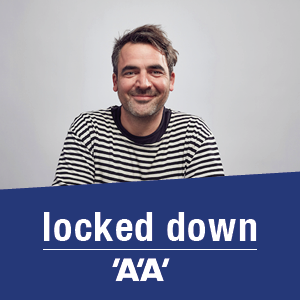Locked down: Dietrich Untertrifaller Architectes
During the general lockdown imposed to prevent the spreading of the Covid-19 virus, many architects have had to adapt their working practice and methods to a new pace of life. The “Confiné.e.s” (“Locked down”) series of interviews lends them a voice, enabling them to share their thoughts on the current situation as well as some culture tips. Today we are interviewing Anne Mochel, Architect, Civil Engineer and Urbanist. She is Managing Director of the Franco-Austrian architectural firm Dietrich Untertrifaller Architectes.
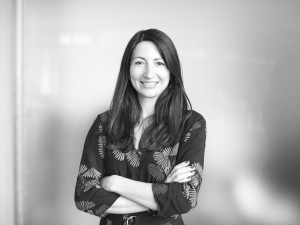
L’Architecture d’Aujourd’hui: Where and how are you locked down?
Anne Mochel: I am locked down in Paris with my family, that is my husband and our two young, school-age children (one is in CP and the other in CM1). When the lockdown started, our teams immediately shifted to work from home. We gave employees with young children the time they needed to organize themselves and adapt to the new situation. For me this was a radical change, as I used to travel a lot for work. At the beginning I felt exhausted, but of course being locked down with my children was much more than having this so called “Covid-19 child custody”. Spending time with them meant I was able to catch up on some of the days I had spent away from home. It also meant I could reassure my children at a particularly distressing time and give them home-schooling classes. They are still too young to be independent in that regard or to use the ENT home-schooling platform put in place by the French Ministry of Education.
How did you manage to continue working?
Dietrich Untertrifaller Architectes is an international company, so teleworking wasn’t really new to us. We have been doing so for the last 4 years, liaising between our Austrian, Swiss, German and French offices. Both in project design and development, we have been using a vast array of existing digital tools.
One of the projects we are working on from Paris, for instance, is based at the Belval site (Esch-sur-Alzette) in Luxemburg. Our client there is Perrard, a Luxemburg subsidiary of Eiffage Immobilier working with Belgian, Luxemburg, German, Austrian and French partners, who are all locked down. And it works perfectly. We are also taking part in an architectural design competition to build a secondary school on the island of Mayotte (in the Indian ocean) and are in close contact with our local partners there. Currently, they are more afraid of Dengue fever than Coronavirus, although the latter is prevalent on the island. Right now they are living through far more strenuous times than we are…
Having said that, working from home means facing daily challenges, even internally, especially when it comes to communicating. Screens can be a source of misunderstanding, tensions, intrusions… The absence of clear-cut boundaries can lead to excessively spread out working hours. These are traps which you have to sidestep. You have to invent new ways of « working together separately ».
Are lockdown and architecture antinomic?
By essence architecture is a hands-on activity. It’s about working closely with your team and on the building site, so being physically separated from people and sites isn’t ideal in the long run. But at the same time it is an excellent way to get acquainted with new realities and the changes these will imply for architecture in the future.
Housing will become even more multi-functional. But how can you redesign it if you have never yourself experienced this multifunctionality? It is all about sleeping, working, teaching, cooking, eating, making love, breathing, meditating, praying, playing music, practicing sport, relaxing – in a word, living – whilst being confined (or not) to a single space under one roof.
The same goes for designing schools. Classrooms in Paris are too small and overcrowded, hallways and courtyards are dark, cramped and badly ventilated. The architectural heritage has to urgently be adapted to our needs. This holds true not only for Paris, but also for many other cities in France. In Northern Europe, for instance, schools are already being designed differently. We are always delighted to take visitors around our school in Klaus (in the Vorarlberg region in Austria) which was the first passive house school built in Europe, in 2003. However, I wonder if France is ready to rethink it’s education system and space.
The lockdown can be entirely beneficial to architectural design, and thus to architecture, because it triggers introspection, gives us time to reflect and allows us to set new priorities.
What lessons will you learn from the ecological impact of the crisis?
On the one hand, to take time. I have learned to “slow down”. The lockdown has been a eulogy of slowing down. It is as if spring has become spring again and we are allowing our five senses to live it to the full: hearing birds singing, noticing trees blossom, watching home-grown vegetables sprout and grow, looking at clouds in the sky, smelling flowers and plants, feeling the first soft rays of sun on our skin, tasting home-cooked meals as well as other fresh and healthy products. You can experience this even in the centre of a European capital which was very badly hit by the virus, a city that suddenly has no more exhaust fumes, planes flying overhead, fast fooding and traffic noise. On the other hand, having to hear ambulance sirens in order to be able to listen to birds singing in Paris is a far too high a price to pay…
Can you recommend a film or a book during the lockdown?
“Nausicaä of the Valley of the Wind” by Hayao Miyazaki. Either the book or the film. Like many, I had seen “Spirited Away” and “Howl’s Moving Castle”. As an architect, you can only be in awe of the director’s huge talent, his wonderful depictions of perched cities and the natural world, and be touched by the depth of the messages he wants to convey. When I saw “Nausicaä”, I realized he was also a visionary.
Miyazaki worked on “Nausicaä” in 1984, some 40 years ago. It bears testimony to what is happening today, with characters wearing a mask to protect themselves from a scourge they are responsible for. Toxic forests, polluted waters, the risk of destructive wars being spread – these disastrous ecological consequences are all part of the script. Hayao Miyazaki then gives us hope again through a new generation of militant, sensitive, peaceful people, often led by young female heroes (which is not trivial when you realize that the countries who have best managed the current epidemic are led by women). I have been profoundly touched by this masterpiece. Miyazaki is an artist whose complete works deserve our full attention, now more than ever.
Can you recommend someone to follow on social media?
As we already spend a considerable amount of time in front of screens, I preferred finding refuge in a small booklet made from recycled paper. Over the last couple of weeks, it has been a real enrichment to our daily life and I can only recommend it for both adults and children: “Faites Pousser vos noyaux !” by Holly Farrel, published by Editions Larousse (first published in English under the title “RHS Plants from Pips” by Octopus Publishing Group).
It is an excellent book for any locked-down urban dweller. We planted the stones and pips of 120 plants and nearly all of them sprouted: mango, lemon, grapefruit, kiwi, passion fruit, but also various varieties of tomatoes, peppers, red kurri squash, butternut squash, strawberries… When we ran out of soil to plant them, we used the vegetative propagating technique (i.e. growing plants in water only) to grow leeks, turnips, shallots and curly lettuce. You can just use what you have at home or just eaten. It is a wonderful recycling lesson too.
Our kitchen ended up being transformed into a sort of mini-laboratory and greenhouse for plants. Every new shoot discovered in the morning would a be source of excitement for the whole family, making the children feel both proud and responsible. It was like a little “renaissance”.
We took photos of the plants which we then shared with neighbours in our building, with friends and with family, showing each other successful little tricks or asking more experienced plant growers for some tips. This “social” bonding complemented the ritual of thanking those who put their lives at risk for us during this period. Learning from nature, learning to share, learning to be patient and learning to be thankful – the benefits of “slowing down”.
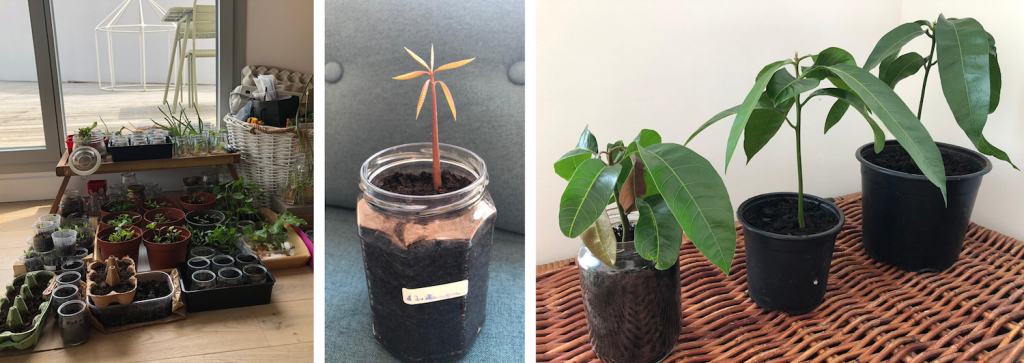
What are you expecting to gain from this experience?
I hope that “SLOW” will prevail over “FAST”.
Many of us currently say they aspire to a better world, using elaborate language, whilst continuing to produce more, work more, organize more and be even more connected. But what do you want to be connected to? I hope I won’t be engulfed by the frantic “opening up” of the economy and that I will be able to step back from things and take things at a slower pace. Of course, I am also looking forward to meeting up again with friends, family, colleagues, fellow architects, clients and business leaders and hope they will support me in staying on this track.
How does the lockdown impact your perception of your workplace and home?
I used to travel a lot for work, so I wasn’t working exclusively from the office. I often worked on a train or a plane, in a café, a restaurant or a hotel room. Between two trips I would work from home, even before the lockdown was imposed. For me, being locked down means that work becomes very sedentary. Your domestic sphere is impacted by many things at once: as a parent of young, school-age children, you have to handle home-schooling, do the shopping, spend a lot of time cooking, serving food, etc. I therefore put up my desk in a corner of a room next to the main room – which is a kitchen, dining room, school, living room, music room and sports room all in one. When I feel like it, I can close a small door to quietly take part in a video or audio call, or be on my own, concentrate and isolate myself when I need to.

